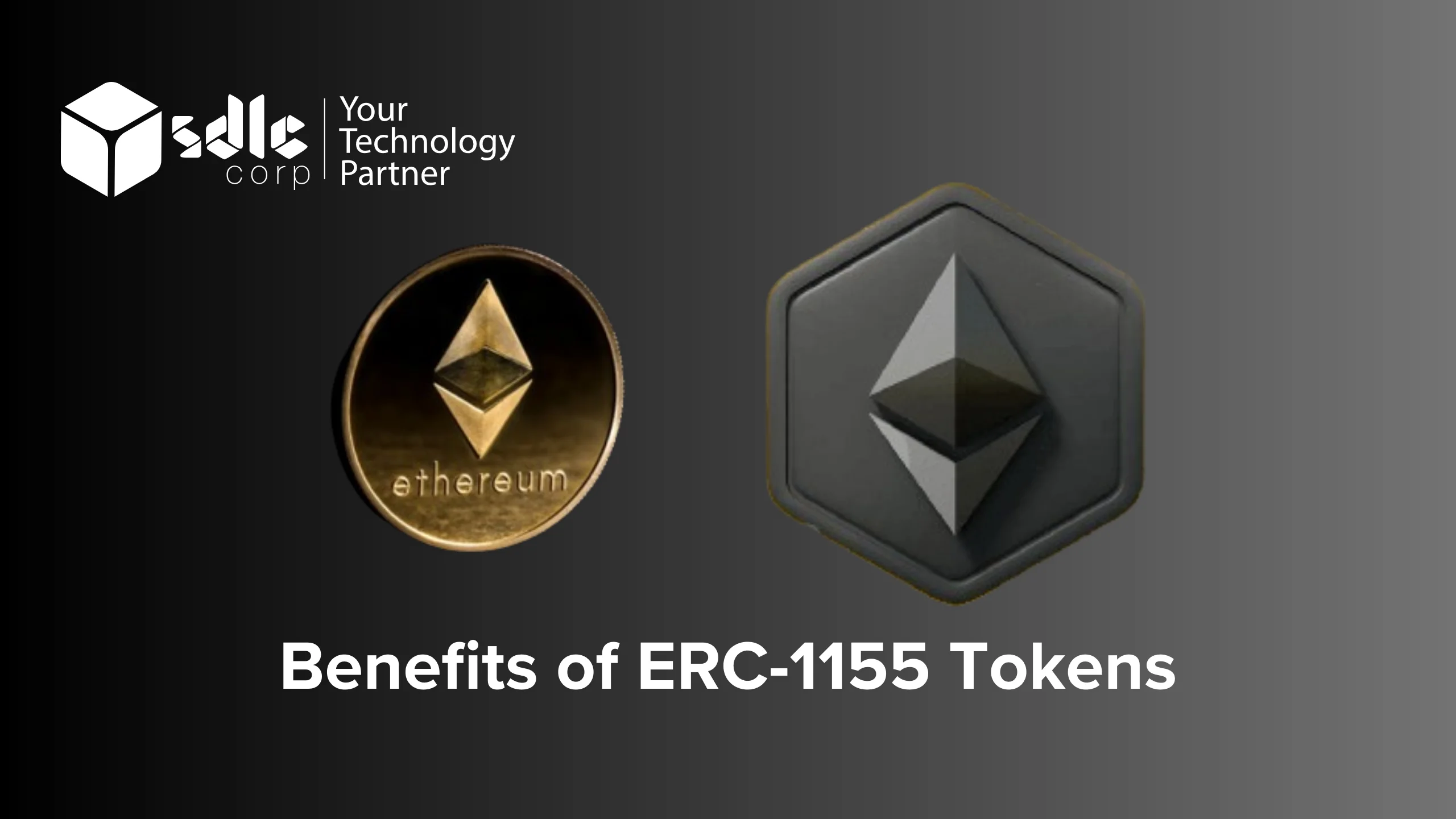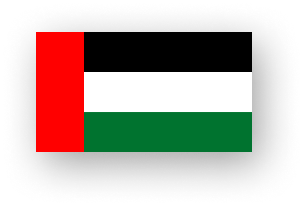Introduction
Blockchain technology has revolutionised the way we think about digital ownership, particularly through the advent of non-fungible tokens (NFTs). One of the most versatile and innovative standards in this space is the ERC-1155 token. Developed by Enjin, ERC-1155 is a multi-token standard that offers several advantages over its predecessors, such as ERC-20 and ERC-721. In the evolving landscape of Ethereum-Based Assets in 2024, ERC-1155 stands out with its ability to support multiple token types (fungible, non-fungible, and semi-fungible) within a single smart contract, reducing transaction costs and improving efficiency. Additionally, ERC-1155 tokens enhance security through atomic swaps, batch transfers, and simplified minting processes, while also facilitating complex game economies and other applications that require a diverse range of assets. These features collectively position ERC-1155 as a significant advancement in the blockchain ecosystem, enabling more sophisticated and scalable digital asset management.
1. Multi-Token Standard
The most defining feature of ERC-1155 tokens is their ability to support multiple token types within a single contract. Unlike ERC-20 and ERC-721, which can only handle one type of token per contract, ERC-1155 can manage an infinite number of tokens, both fungible and non-fungible, within a single smart contract. This reduces complexity and increases efficiency for developers and users alike.
2. Batch Transfers
ERC-1155 tokens support batch transfers, allowing users to send multiple tokens in a single transaction. This is a significant improvement over previous standards, which required separate transactions for each token type. Batch transfers save time and reduce transaction costs, making the process more efficient and user-friendly.
3. Reduced Gas Fees
Thanks to the batch transfer functionality, ERC-1155 tokens help in reducing gas fees. By bundling multiple transactions into one, the overall gas cost is significantly lower compared to executing individual transactions. This makes ERC-1155 an attractive option for developers and users who are concerned about high transaction fees on the Ethereum network.
4. Atomic Swaps
Atomic swaps in ERC-1155 allow for the exchange of multiple tokens in a single transaction without the risk of partial completion. This means that either all parts of the transaction are executed, or none are, ensuring the integrity and security of trades. This feature is particularly useful for decentralised exchanges and complex multi-party transactions.
5. Interoperability
ERC-1155 tokens are designed to be highly interoperable with other token standards. They can seamlessly interact with ERC-20 and ERC-721 tokens, allowing for a more integrated and flexible ecosystem. This interoperability facilitates the creation of complex decentralised applications (dApps) and enhances the overall user experience.

6. Versatility in Use Cases
The ERC-1155 standard is incredibly versatile and can be used for a wide range of applications. It supports both fungible tokens (like traditional cryptocurrencies) and non-fungible tokens (like digital collectibles and in-game items). This versatility makes it suitable for various industries, including gaming, real estate, digital art, and supply chain management.
7. Improved Security
ERC-1155 tokens come with enhanced security features. For instance, they include safeguards against accidental loss or transfer of tokens, such as requiring explicit approval for token transfers. Additionally, the batch transfer feature minimises the number of transactions, reducing the attack surface for potential exploits.
8. Simplified Token Management
Managing multiple token types can be cumbersome, especially when dealing with different standards. ERC-1155 simplifies this by allowing developers to manage all their token types under a single contract. This reduces the complexity of contract management and deployment, leading to more efficient and maintainable code.
9. Metadata Flexibility
ERC-1155 tokens offer flexible metadata options, enabling developers to attach rich metadata to their tokens. This includes information like token name, description, image, and other attributes. Such flexibility is particularly beneficial for NFTs, where detailed metadata can enhance the value and usability of digital assets.
10. Community and Ecosystem Support
Since its introduction, ERC-1155 has garnered significant support from the blockchain community and various ecosystems. Numerous tools, libraries, and platforms have been developed to support ERC-1155 tokens, making it easier for developers to adopt and integrate this standard into their projects. The growing support and adoption further solidify ERC-1155’s position as a leading token standard in the blockchain space.
Conclusion
ERC-1155 tokens represent a significant advancement in the world of blockchain and digital assets. Their multi-token capabilities, batch transfers, reduced gas fees, and enhanced security features make them a powerful tool for developers and users alike. As the blockchain ecosystem continues to evolve, ERC-1155 is poised to play a crucial role in shaping the future of decentralised applications and digital ownership. Whether you’re a developer looking to create complex dApps or a user seeking efficient and secure token management, ERC-1155 tokens offer a versatile and robust solution.
defi token development company
















